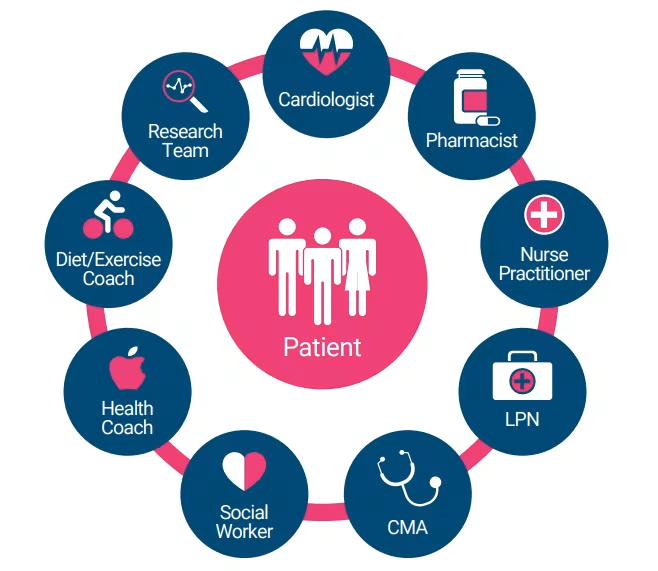Despite effective medications for hypertension, the proportion of adults with controlled blood pressure has declined over the last decade due to the complex interplay of individual, societal, and structural factors that impact hypertension care and management. Using an innovative team-based care model, Cone Health's Advanced Hypertension Clinic provides comprehensive and coordinated care for patients with persistent or treatment-resistant high blood pressure. The care model includes an SDOH assessment, secondary comorbidity screening, and a guideline-based medication algorithm.
Click "Download PDF" to get the members-only case study. Don't have access?
Contact us
Lessons Learned
• Create stakeholder alignment on hypertension goals. Clinic leadership aligned systemwide and national benchmarks to demonstrate the need for a dedicated hypertension program.
• Clearly define your target population. To ensure sufficient access to care and maximize resources, the clinic prioritizes seeing patients with hard-to-control hypertension and refers lower-risk patients to primary care.
• Integrate remote patient monitoring (RPM) within workflows. RPM increases access beyond traditional visits and can empower patients to better manage their hypertension.
